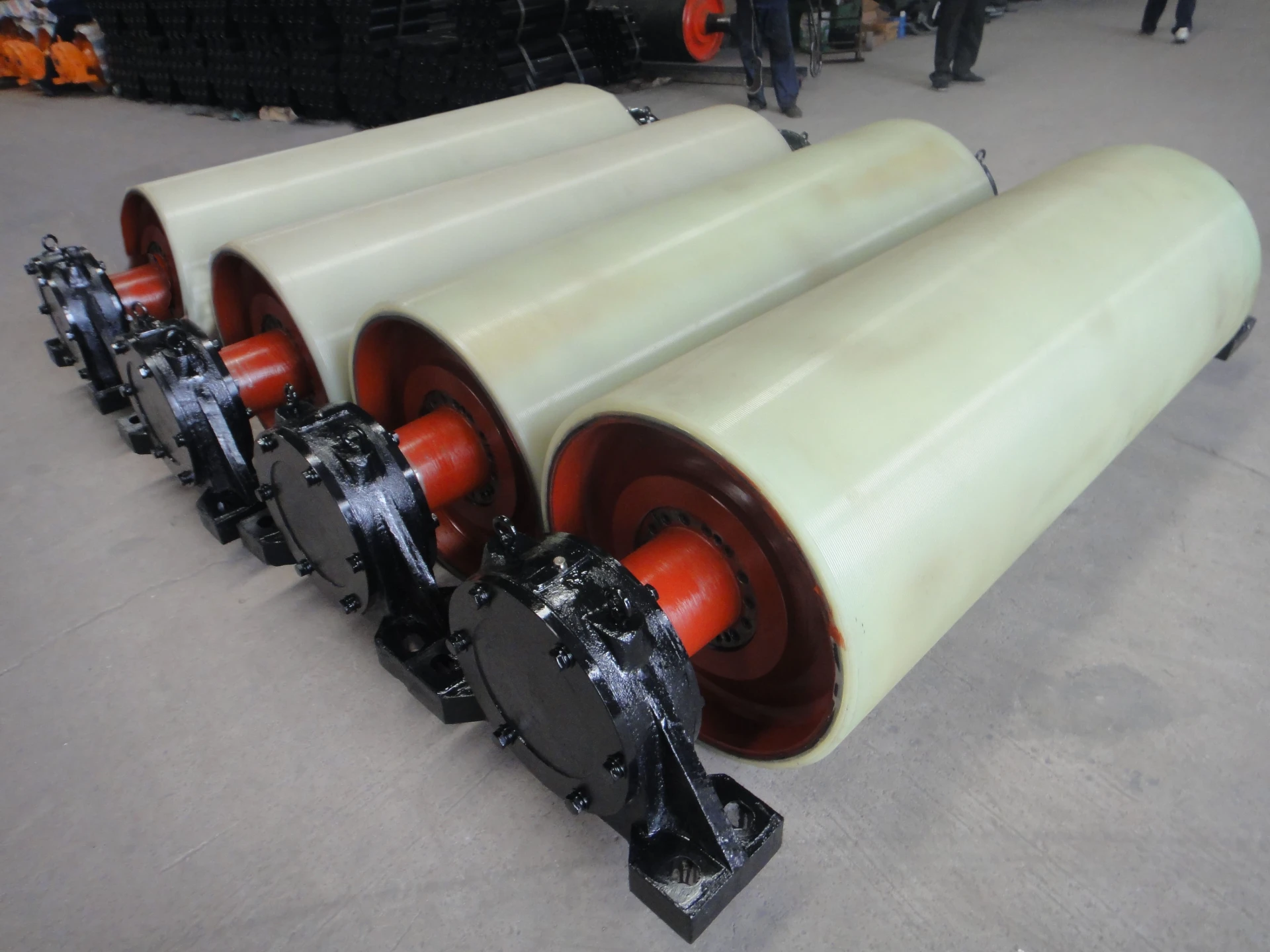 Afrikaans
Afrikaans  Albanian
Albanian  Amharic
Amharic  Arabic
Arabic  Armenian
Armenian  Azerbaijani
Azerbaijani  Basque
Basque  Belarusian
Belarusian  Bengali
Bengali  Bosnian
Bosnian  Bulgarian
Bulgarian  Catalan
Catalan  Cebuano
Cebuano  Corsican
Corsican  Croatian
Croatian  Czech
Czech  Danish
Danish  Dutch
Dutch  English
English  Esperanto
Esperanto  Estonian
Estonian  Finnish
Finnish  French
French  Frisian
Frisian  Galician
Galician  Georgian
Georgian  German
German  Greek
Greek  Gujarati
Gujarati  Haitian Creole
Haitian Creole  hausa
hausa  hawaiian
hawaiian  Hebrew
Hebrew  Hindi
Hindi  Miao
Miao  Hungarian
Hungarian  Icelandic
Icelandic  igbo
igbo  Indonesian
Indonesian  irish
irish  Italian
Italian  Japanese
Japanese  Javanese
Javanese  Kannada
Kannada  kazakh
kazakh  Khmer
Khmer  Rwandese
Rwandese  Korean
Korean  Kurdish
Kurdish  Kyrgyz
Kyrgyz  Lao
Lao  Latin
Latin  Latvian
Latvian  Lithuanian
Lithuanian  Luxembourgish
Luxembourgish  Macedonian
Macedonian  Malgashi
Malgashi  Malay
Malay  Malayalam
Malayalam  Maltese
Maltese  Maori
Maori  Marathi
Marathi  Mongolian
Mongolian  Myanmar
Myanmar  Nepali
Nepali  Norwegian
Norwegian  Norwegian
Norwegian  Occitan
Occitan  Pashto
Pashto  Persian
Persian  Polish
Polish  Portuguese
Portuguese  Punjabi
Punjabi  Romanian
Romanian  Russian
Russian  Samoan
Samoan  Scottish Gaelic
Scottish Gaelic  Serbian
Serbian  Sesotho
Sesotho  Shona
Shona  Sindhi
Sindhi  Sinhala
Sinhala  Slovak
Slovak  Slovenian
Slovenian  Somali
Somali  Spanish
Spanish  Sundanese
Sundanese  Swahili
Swahili  Swedish
Swedish  Tagalog
Tagalog  Tajik
Tajik  Tamil
Tamil  Tatar
Tatar  Telugu
Telugu  Thai
Thai  Turkish
Turkish  Turkmen
Turkmen  Ukrainian
Ukrainian  Urdu
Urdu  Uighur
Uighur  Uzbek
Uzbek  Vietnamese
Vietnamese  Welsh
Welsh  Bantu
Bantu  Yiddish
Yiddish  Yoruba
Yoruba  Zulu
Zulu Rubber Conveyor Belt Rollers for Efficient Material Handling Solutions
Understanding Rubber Conveyor Belt Rollers Essential Components for Efficient Material Handling
Rubber conveyor belt rollers play a crucial role in the transportation of goods across various industries, including mining, manufacturing, and logistics. These rollers are integral components of conveyor systems, helps facilitate the smooth movement of materials while reducing friction and wear, thereby enhancing operational efficiency. This article will explore the significance, types, maintenance, and innovations related to rubber conveyor belt rollers.
Importance of Rubber Conveyor Belt Rollers
Conveyor belt rollers serve multiple functions in a conveyor system. Primarily, they support the weight of the conveyor belt and the materials being transported, ensuring that the entire assembly operates effectively. By distributing the weight evenly, these rollers minimize strain on other components, promoting longevity and reliability. Moreover, they help maintain proper tension and alignment of the conveyor belt, which is essential for preventing misalignment and operational breakdowns.
Types of Rubber Conveyor Belt Rollers
Rubber conveyor belt rollers come in various types, each designed for specific applications and environments. Here are a few common types
1. Idler Rollers These rollers support the belt and maintain its tension. They are vital for ensuring that the belt remains in position as it transports materials.
2. Drive Rollers Located at the conveyor's end, these rollers provide the necessary power to move the belt. They are usually equipped with a motor to facilitate movement.
3. Return Rollers Positioned on the underside of the conveyor system, return rollers help guide the belt back to its starting point after it has offloaded its materials. This helps maintain an uninterrupted flow of materials.
4. Impact Rollers These rollers are designed to handle the shock of heavy loads, especially when materials are dropped onto the conveyor belt. Their padded surfaces absorb impact, preventing damage to the belt and rollers.
5. Self-Cleaning Rollers Equipped with mechanisms to remove debris and materials that may adhere to them, self-cleaning rollers are an innovative solution to minimize maintenance and enhance efficiency.
Maintenance of Rubber Conveyor Belt Rollers
rubber conveyor belt rollers

Maintaining rubber conveyor belt rollers is essential for ensuring the longevity and efficiency of the conveyor system. Regular inspection and proactive maintenance practices can prevent costly downtime and repairs. Here are several maintenance tips
- Routine Inspections Regularly check for signs of wear and tear, such as cracks, warping, or misalignment. Addressing these issues early can prevent equipment failure.
- Lubrication Ensure that the bearings of the rollers are adequately lubricated to reduce friction and wear. This will prolong the life of both the rollers and the conveyor belt.
- Replacement of Damaged Rollers Any roller that shows extensive damage should be replaced immediately to avoid impacting the overall conveyor system performance.
- Cleaning Keep the rollers clean from dust, debris, and leftover materials. A clean roller is less likely to experience issues with operational efficiency.
Innovations in Rubber Conveyor Belt Rollers
Technology continues to advance, leading to the development of innovative roller designs. Current trends include
- Lightweight Materials Some manufacturers are now using advanced composites that reduce the weight of rollers while retaining strength, making them easier to install and maintain.
- Enhanced Durability New rubber compounds and materials are being formulated to enhance resistance to wear, chemicals, and extreme temperatures, thus extending the life of conveyor belt rollers.
- Smart Technology The integration of sensors and smart technology in rollers is emerging. These systems can monitor conditions in real time, allowing for predictive maintenance and minimizing unplanned downtime.
Conclusion
Rubber conveyor belt rollers are essential components that significantly affect the efficiency and reliability of conveyor systems. Understanding their types, maintenance requirements, and the latest innovations can help industries optimize their operations and prolong the life of their equipment. By investing in high-quality rollers and adhering to a regular maintenance routine, businesses can ensure a smooth and seamless material handling process.
-
Trusted Conveyor Solutions from Leading Conveyor Idler Roller ManufacturersNewsJun.27,2025
-
Reliable Return Idler Solutions for Efficient Belt Conveyor SystemsNewsJun.27,2025
-
Precision Conveyor Accessories for Streamlined Material HandlingNewsJun.27,2025
-
High-Quality Belt Conveyor Idler Solutions for Efficient Material HandlingNewsJun.27,2025
-
High-Performance Belt Conveyor Pulleys for Reliable Material HandlingNewsJun.27,2025
-
Enhancing Material Handling EfficiencyNewsJun.27,2025





























